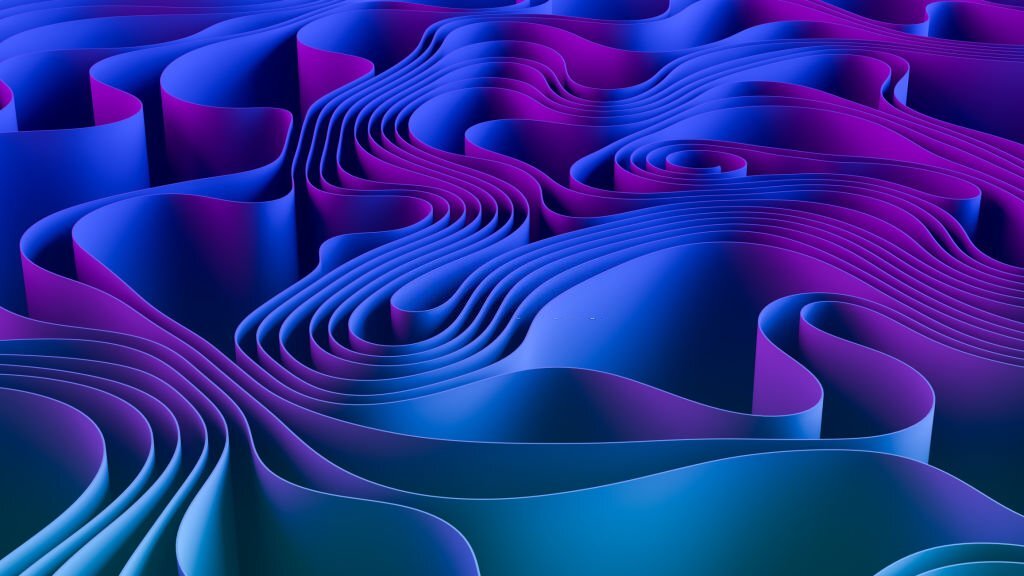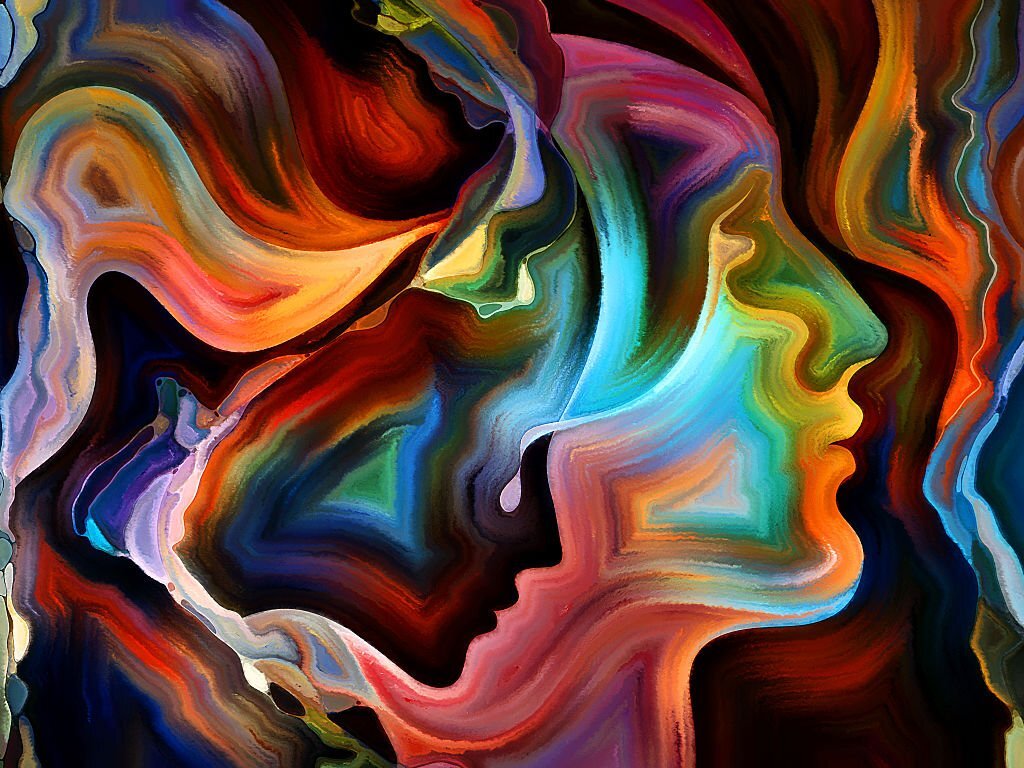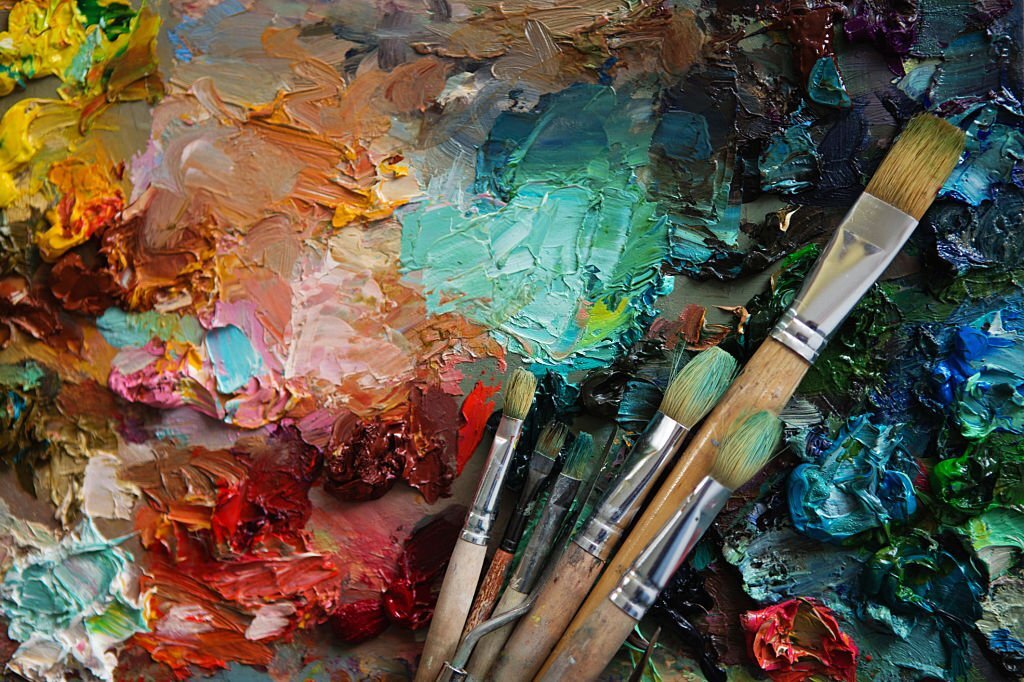Abstract art, with its vibrant colors, dynamic shapes, and boundless interpretations, stands as a testament to the limitless possibilities of human creativity. As we delve into the world of famous abstract art, we embark on a journey that transcends the confines of representation and challenges traditional notions of artistic expression. These canvases, often devoid of recognizable forms, invite us to explore the realms of emotion, intellect, and imagination. In this exploration, we discover the power of abstraction to communicate profound messages without the constraints of the literal. Join us as we unravel the stories behind some of the most iconic pieces in the world of abstract art.
The Birth of Abstraction
To understand the significance of famous abstract art, one must first trace its roots to the early 20th century. Visionaries like Wassily Kandinsky and Kazimir Malevich boldly stepped away from representational art, venturing into a realm where colors, lines, and shapes took precedence over depicting tangible objects. The birth of abstraction marked a revolutionary shift, challenging artists and viewers alike to engage with art on a more intuitive and emotional level.
Wassily Kandinsky: The Pioneer of Abstraction
Wassily Kandinsky, often regarded as the father of abstract art, left an indelible mark on the movement with works like “Composition VII” and “Yellow-Red-Blue.” His belief in the spiritual power of art led him to explore the connection between color, form, and emotion. Kandinsky’s compositions are a symphony of shapes and hues, inviting viewers to tap into their innermost sensations and interpret the paintings subjectively.
Jackson Pollock: The Drip Painting Revolution
In mid-20th-century America, Jackson Pollock emerged as a leading figure in the abstract expressionist movement. His groundbreaking technique involved dripping, pouring, and splattering paint onto canvases laid on the ground. Works like “Number 1A, 1948” and “Autumn Rhythm” showcase the chaotic beauty that arises from controlled spontaneity. Pollock’s unique approach marked a departure from traditional methods, emphasizing the act of creation as much as the final result.
Piet Mondrian: Harmony in Geometric Abstraction
Piet Mondrian, a Dutch painter, embraced geometric abstraction to explore the harmony underlying the chaos of the modern world. His iconic grid-based compositions, such as “Composition with Red, Blue, and Yellow,” reflect a meticulous balance of form and color. Mondrian believed that through abstraction, he could distill the universal principles governing existence, creating a visual language that transcends cultural and linguistic boundaries.
The Emotional Resonance of Mark Rothko
Mark Rothko’s large, color-field paintings, such as “No. 61 (Rust and Blue)” and “White Center,” evoke a profound emotional response. Rothko’s genius lay in his ability to use color as a conduit for human experience, creating immersive environments that envelop the viewer. The simplicity of his compositions belies the complexity of the emotions they elicit, making Rothko a luminary in the world of abstract expressionism.
Contemporary Explorations: From Kusama to Kapoor
The legacy of abstract art continues to evolve in the hands of contemporary artists. Yayoi Kusama, known for her immersive installations and polka-dotted paintings, blurs the lines between art and life. Anish Kapoor, with his monumental sculptures and reflective surfaces, explores the interplay of form and perception. These artists carry the torch of abstraction into the 21st century, pushing the boundaries of creativity and challenging our understanding of the visual language.
Conclusion
Famous abstract art, with its rich tapestry of colors, shapes, and emotions, has left an indelible mark on the canvas of art history. From the pioneering works of Kandinsky to the revolutionary techniques of Pollock, abstract art has continually pushed the boundaries of artistic expression. As we stand before these canvases, we are invited to embark on a personal journey of interpretation and introspection. The timeless allure of famous abstract art lies in its ability to speak to the universal human experience, transcending the limits of representation to tap into the profound realms of emotion, intellect, and imagination. In a world where meaning is often sought in the tangible, abstract art reminds us that sometimes, the most profound truths are found in the intangible.





